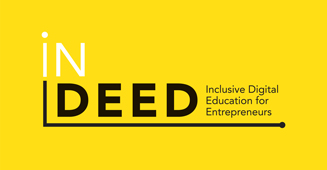5.3 Creating an Accessible Digital Future
- Accessibility and inclusivity have come a long way in the technology space, but more still needs to be done, write two computing experts.
- Screen readers are a key component of accessible tech but not all websites are accessible still.
- Including people with disabilities in the design process gives an increased understanding of the issues faced and how to resolve them.
Unless you’re blind or know someone who is, you might not know that blind people use the same smartphones as sighted people. Many blind people use touch-screen smartphones every day. The secret is that smartphones have a screen reader, a tool that allows blind people to use a mix of gestures and taps, along with vibrations or audio feedback, to use their apps.
Screen readers work on desktop computers as well as mobile devices. You can usually find the screen reader in settings under accessibility. On iPhones the screen reader is VoiceOver. It provides a verbal description of what’s on the screen, including buttons to click and other actions available to the user. A well-designed website or app user interface makes the information on the website or app accessible to the screen reader, which makes it accessible to blind users. However, a badly designed website or application will be rendered invisible to a screen reader.
It’s not just a matter of fairness and inclusion. Accessible technology is generally better for everyone. An app or website that causes problems for a screen reader is likely to be more difficult than an accessible app or website for anyone to use because it will take more time or effort.
